The SpectraMax® Mini Multi-Mode Microplate Reader offers a budget friendly solution that gives you exactly what you need when you need it. With three modes of detection for UV-Vis absorbance, fluorescence and luminescence, the SpectraMax Mini reader is user upgradeable – from 2 to 3 modes, providing researchers with a versatile instrument that does not compromise on sensitivity or performance. Included SoftMax® Pro Software enables rapid data generation and analysis helping you achieve more in less time.
 Easy-to-use
Easy-to-use
Save time on training, data generation, and data analysis, for faster results.
 Flexible
Flexible
Perform your favorite applications with a user-friendly reader that accommodates plate types from six to 384-well formats; up to three modes of detection measuring absorbance with NFC-tagged filters for fluorescence, luminescence, or both.
 Affordable
Affordable
Gain access to over thirty years of experience and technology in a compact, multi-mode reader that was built for researchers with sensitive budgets.
Save time and money with a microplate reader and washer bundle
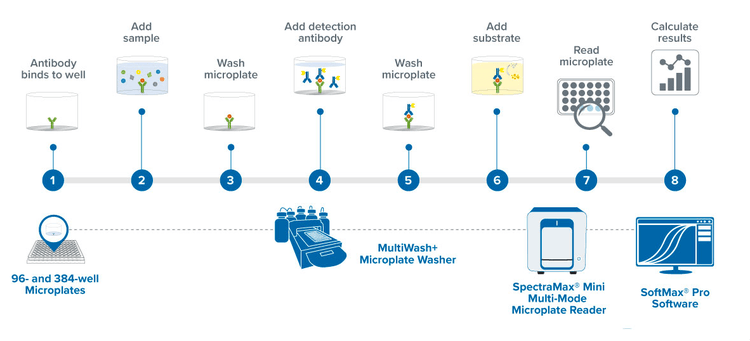
Improve your lab’s efficiency, get more data, and decrease time to discovery with an automated microplate washer and reader solution:
- The SpectraMax® Mini Multi-Mode Microplate Reader offers a budget-friendly solution with three modes of detection for UV-Vis absorbance, fluorescence, and luminescence.
- SoftMax Pro Software is an industry-leading acquisition and analysis software with over 160 ready-to-run protocols, powerful data analysis, and a range of data output options.
- The MultiWash+™ Microplate Washer is an automated, compact, quiet, efficient washer with 20 different wash protocol options.
Absorbance

Cellular Signaling

Cellular signaling allows cells to respond to their environment as well as to communicate with other cells. Proteins located on the cell surface can receive signals from the surroundings and transmit information into the cell via a series of protein interactions and biochemical reactions that comprise a signaling pathway. Multicellular organisms rely upon an extensive array of signaling pathways to coordinate the proper growth, regulation, and functioning of cells and tissues. If signaling between or within cells is dysregulated, inappropriate cellular responses may lead to cancer and other diseases.
ELISA

Enzyme-linked immunosorbent assays (ELISAs) are used to measure the amount of a specific protein, using a microplate format, and results are most often detected via absorbance in the visible wavelength range. Chemiluminescent and fluorescent ELISA formats offer enhanced sensitivity for accurate quantitation of less abundant analytes.
Fluorescence

Many fluorescence-based assays include cell viability, GPCR activity, and fluorescent nucleic acid quantification.
Luminescence

Nucleic Acid (DNA/RNA) Quantitation and Analysis

Nucleic acids are large biomolecules common to all known life forms. Deoxyribonucleic acid (DNA) consists of a double strand of pairs of nucleotides, while ribonucleic acid (RNA) is typically a single strand. In DNA, the nucleotides are adenine, cytosine, guanine, and thymine, while RNA contains uracil instead of thymine. DNA makes up the genetic material of all organisms, encoding the information cells need to synthesize proteins.
Protein Detection, Quantitation and Analysis

Protein detection, quantitation, and analysis are central to the investigation of a wide variety of biological processes. Measuring the concentration of protein is necessary to processes ranging from protein purification and labeling to sample preparation for electrophoresis. Protein can be quantitated directly via absorbance at 280 nm, or indirectly using colorimetric (BCA, Bradford, etc.) or fluorometric methods offering advantages such as greater sensitivity. To identify and measure a specific protein within a complex sample, for example, serum or cell lysate, an ELISA may be used.
 E
E Flexible
Flexible Affordable
Affordable

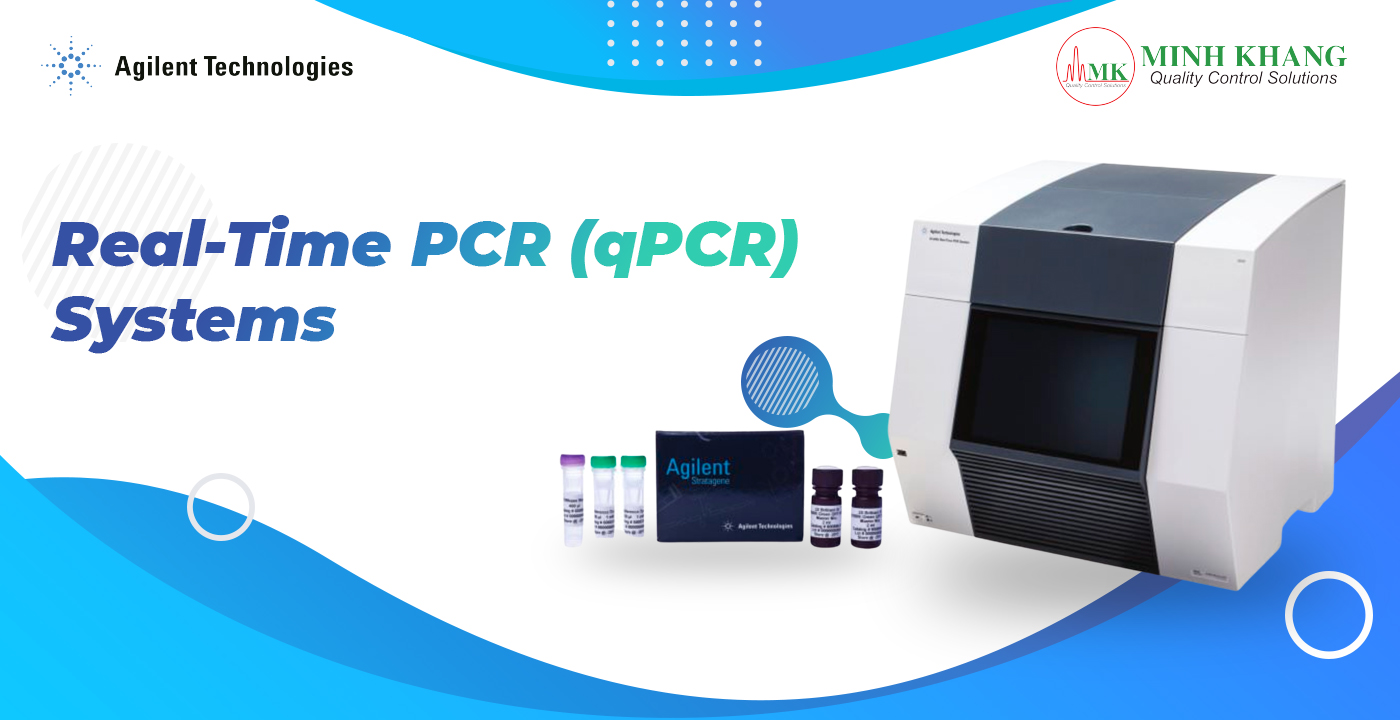
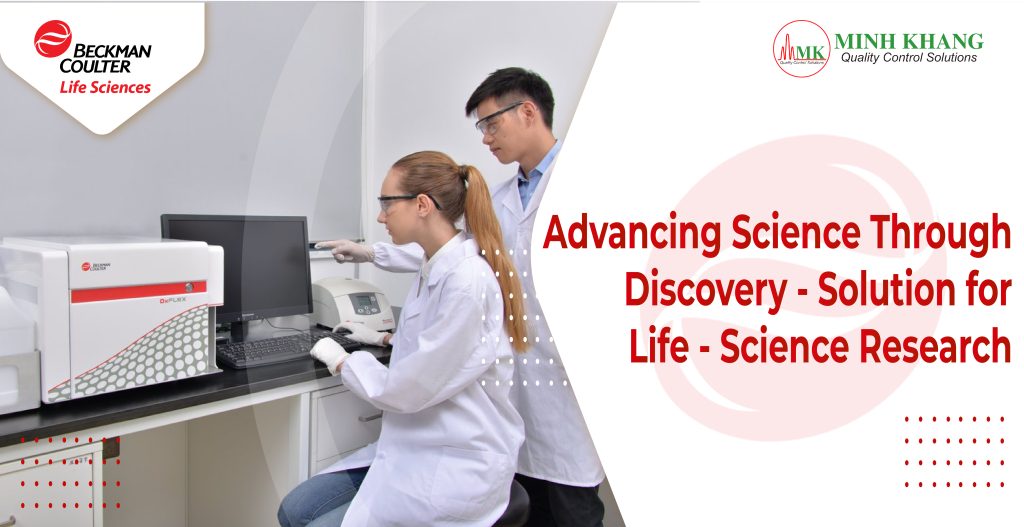
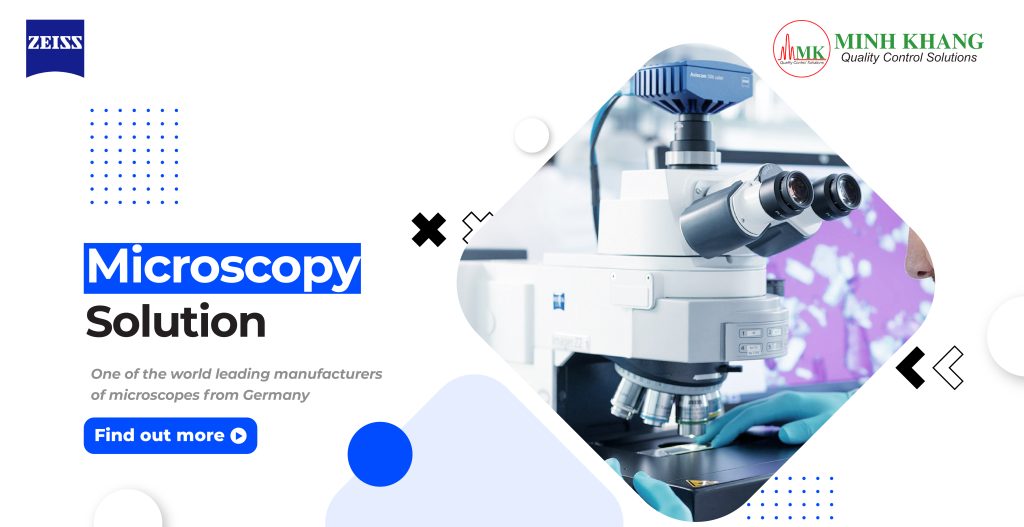
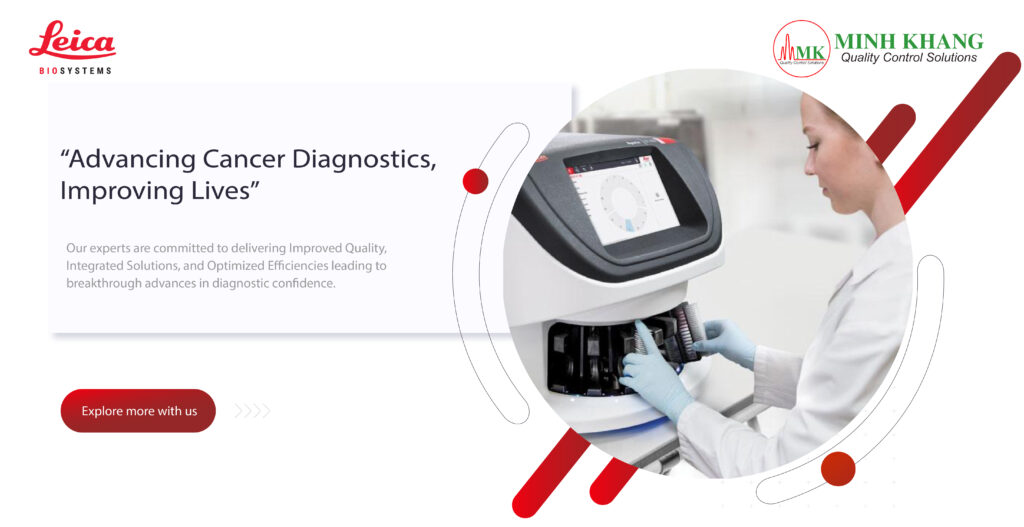
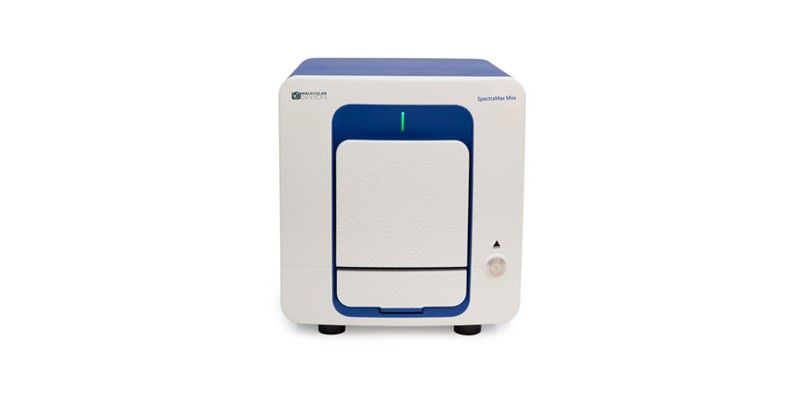



 E
E









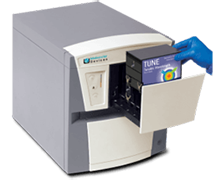


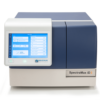

 VI
VI